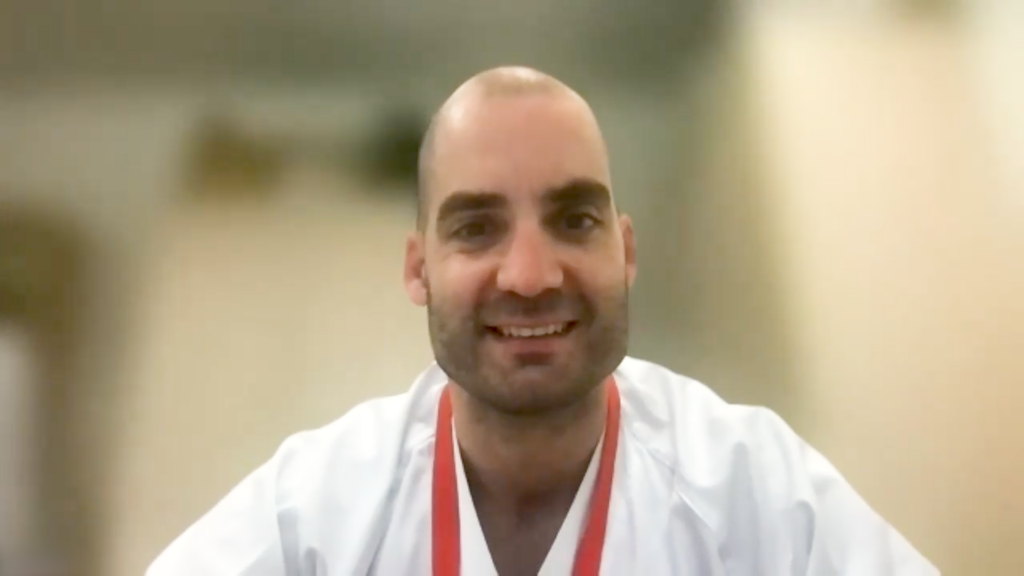The EuroPCR 2024 meeting, the leading global conference in interventional cardiovascular medicine, was a hub of innovation and cutting-edge research. This year’s event in Paris brought together the world’s foremost experts, researchers and clinicians to share the latest advancements and breakthroughs in the field. From novel therapeutic approaches to landmark clinical trials, EuroPCR 2024 provided a comprehensive overview of the current and future landscape of cardiovascular care. We selected our top three trials from this year’s late-breaking sessions:
Promising results from the LANDMARK trial
Results from the LANDMARK trial (NCT04275726) show Myval™ THV (transcatheter heart valve), a new balloon expandable transcatheter aortic valve implantation (TAVI) platform, as a promising viable option for treating aortic stenosis, particularly in the developing world. The non-inferiority trial explored the efficacy and safety of Myval™ compared to established TAVI systems from Edwards and Medtronic.
A total of 384 patients were randomized to receive treatment with either Myval™ THV or the contemporary systems, with the aim of achieving similar outcomes to its competitors in terms of major adverse cardiac events and important valve characteristics.
Results indicated that the Myval™ THV met all primary endpoints for non-inferiority. Notably, there were significantly fewer post-dilations required with Myval™ THV (38 patients) compared with the Edwards and Medtronic systems (80 patients).
Whilst Myval™ THV shows promise as an effective solution for the global epidemic of aortic stenosis, continued monitoring over the next decade will be essential to identify any late failures.
Calipso trial: OCT guidance superior to angiography in PCI for calcified lesions
Results from the CALIPSO trial (NCT05301218) demonstrate superiority of optical coherence tomography (OCT) guidance in percutaneous coronary intervention (PCI) for calcified lesions, compared with traditional angiography. The trial, which was the first prospective randomized controlled trial comparing OCT guidance to traditional angiography, included 134 patients, with 65 in the OCT group and 69 in the angiography group. Both groups had similar baseline characteristics, but advanced plaque preparation was more common in the OCT group (63% versus 37%, p=0.002). The OCT group achieved a larger final minimal stent area (6.5 versus 5.0 mm², p<0.001), better geometric stent expansion, a higher average stent area and shorter major malposition length, compared to the angiography group. There were no significant differences in peri-procedural complications, contrast medium volume, or procedure duration between the groups. Additionally, the use of intravascular lithotripsy (IVL) was almost four times higher in the OCT group.
The CALIPSO trial showed that using OCT guidance for stent implantation in PCI procedures for patients with calcified lesions results in superior technical outcomes and maintains safety. However, further research is needed to confirm if these technical advancements will lead to long-term clinical benefits.
NOTION-2 trial reveals less favorable TAVI outcomes in younger, low-risk patients with bicuspid aortic stenosis
The NOTION-2 trial (NCT02825134), which compared TAVI to surgical aortic valve replacement (SAVR) in younger, low-risk patients, has revealed less favourable outcomes for TAVI in patients with bicuspid aortic stenosis. The 1-year results were presented by Professor Ole De Backer from Rigshospitalet, Copenhagen, Denmark. As the first randomized trial to include younger, low-risk patients with either tricuspid or bicuspid aortic stenosis, NOTION-2 holds significant implications for the treatment of aortic stenosis in this demographic. Professor De Backer emphasized the necessity of larger randomized studies and extended follow-up out to 5 and 10 years to further validate these initial findings.
The study randomized 370 patients aged 75 years or younger to receive either TAVI or SAVR. Participants were between 60 and 75 years old, with 187 assigned to the TAVI arm and 183 to the SAVR arm. In the TAVI group, 72.7% of patients received a self-expanding device. The primary endpoint was a composite of death, stroke or rehospitalization related to procedural, valve or heart failure.
At 12 months, the composite endpoint occurred in 10.2% of patients in the TAVI group compared to 7.1% in the SAVR group, with an absolute risk difference of 3.1%. While this fell below the trial’s prespecified non-inferiority margin of 5%, the upper limit of the 95% confidence interval (CI) surpassed this margin.
For the co-primary endpoint of death or disabling stroke, the incidence was extremely low in both groups: 3.2% in the TAVI arm versus 1.6% in the SAVR arm, resulting in an absolute risk difference of 1.6%. In patients with tricuspid valves, the results indicated clinical equipoise between TAVI and SAVR, with a risk difference of 0.4 percentage points for death, stroke or rehospitalization. However, in patients with bicuspid valves, the risk difference favoured SAVR by 10.4 percentage points for the same measure, with a 6.1 percentage point advantage in stroke risk.
Professor De Backer highlighted that these findings suggest a need for clinicians to be more selective when offering TAVI to younger patients with bicuspid valve anatomy and to consider using cerebral embolic protection in these cases.
Disclosures: This article was created by the touchCARDIO team utilizing AI as an editorial tool (ChatGPT (GPT-4o) [Large language model]. https://chat.openai.com/chat.) The content was developed and edited by human editors. No funding was received in the publication of this article.
Take a look at our latest articles, conference coverage and education on interventional cardiology.












